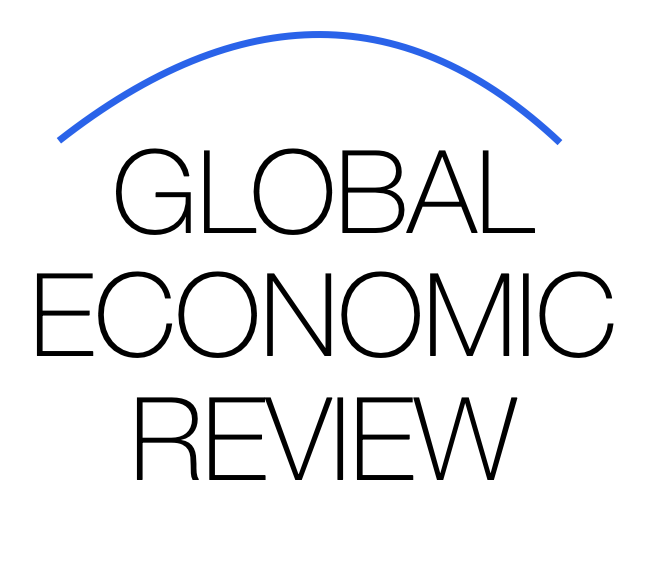From Refuge to Workforce: How Syrian Immigrants Are Strengthening Germany’s Economy

A decade after the first wave of Syrian refugees arrived in Germany, many have successfully integrated into the workforce, transforming perceptions of asylum seekers and contributing to the country’s economic resilience. Recent reports indicate that roughly two-thirds of Syrians who sought refuge in Germany around ten years ago are now employed—a remarkable achievement that underscores both the individuals’ determination and Germany’s investment in integration programs.
Employment and Economic Integration
For many Syrian immigrants, the path to employment was not immediate. Language barriers, credential recognition issues, and cultural adaptation initially slowed entry into the labor market. Yet over the past ten years, a combination of vocational training programs, government support, and private-sector initiatives has helped them overcome these obstacles.
Today, Syrian immigrants are working across a broad spectrum of sectors, including healthcare, construction, manufacturing, and information technology. Many are entrepreneurs who have launched small businesses, further contributing to local economies and job creation.
Impact on Germany’s Labor Market
Germany’s aging population and shrinking workforce have created a pressing need for skilled labor. Syrian immigrants have helped fill critical gaps, particularly in sectors facing labor shortages. Their participation in the labor market has:
- Increased labor force participation, mitigating demographic pressures.
- Enhanced productivity, as newcomers bring diverse skills and perspectives.
- Boosted tax contributions, supporting public services and social security systems.
Economists note that the integration of Syrian immigrants has also had a multiplier effect, stimulating demand for goods and services and supporting broader economic growth.
Government and Community Support
Successful integration has been facilitated by extensive government programs, including language courses, vocational training, and subsidies for employers who hire refugees. Local communities and NGOs have also played a crucial role, offering mentorship, networking opportunities, and assistance with navigating Germany’s bureaucratic system.
These initiatives have not only helped Syrians find employment but have also accelerated cultural integration, fostering greater social cohesion and reducing reliance on welfare programs.
Challenges Remain
Despite these successes, challenges persist. Not all Syrian immigrants have secured stable employment, and some continue to face discrimination or difficulty having foreign credentials recognized. Long-term success will require ongoing support for education, skill development, and social inclusion programs.
Experts also emphasize the importance of addressing regional disparities, as job opportunities are concentrated in urban centers, leaving smaller towns with fewer integration options.
Broader Economic and Social Implications
The integration of Syrian refugees offers lessons beyond Germany’s borders. It demonstrates that with targeted support, immigrants can become active contributors to economic growth rather than perpetual beneficiaries of social programs. It also highlights the potential for migration to offset demographic decline in developed economies, particularly in countries facing aging populations and shrinking workforces.
Moreover, the experience has strengthened Germany’s reputation as a country capable of turning humanitarian efforts into tangible economic benefits, balancing social responsibility with economic pragmatism.
Conclusion
A decade on, Syrian immigrants in Germany are no longer just newcomers—they are a vital part of the nation’s workforce and economy. With roughly two-thirds now employed, they exemplify how integration policies, combined with individual resilience, can transform a humanitarian challenge into an economic opportunity.
As Germany continues to navigate demographic shifts and labor shortages, the lessons learned from Syrian immigrants’ integration may well shape the country’s approach to migration and workforce development for years to come.

















